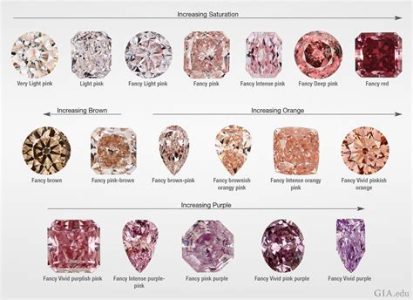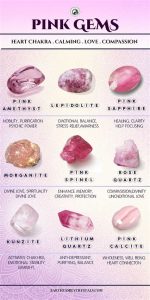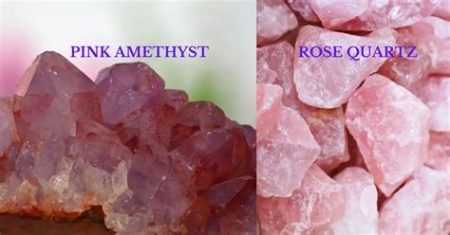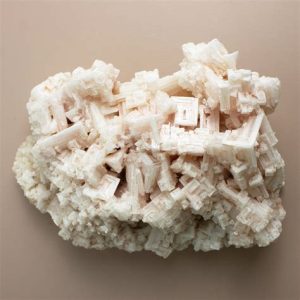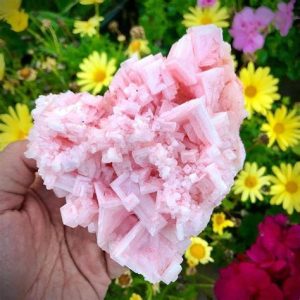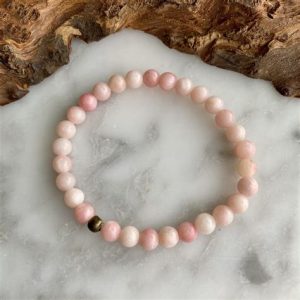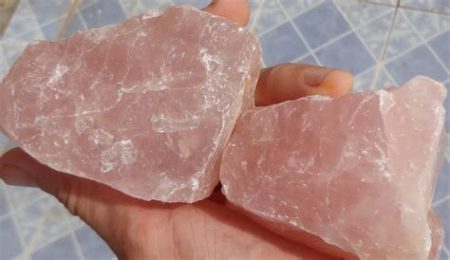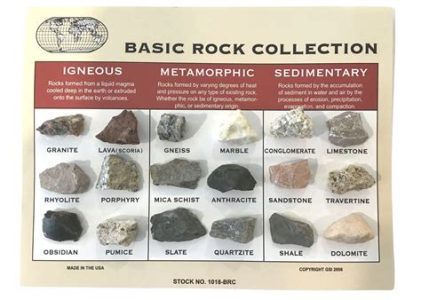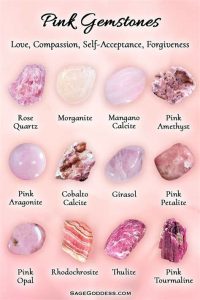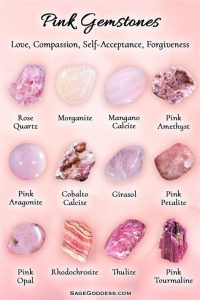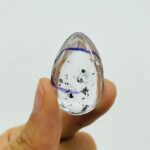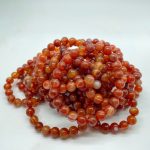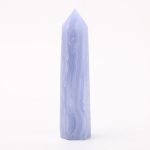How Much is 1 Gram of Pyrite Worth?
The value of 1 gram of pyrite varies depending on several factors, including its purity, size, and form. However, as a general estimate, the average price of pyrite in 2023 is around $0.10 to $0.15 per gram. This price may fluctuate in the future, but it provides a rough estimate of its current worth.

Pyrite VS Other Minerals
Pyrite is often compared to gold due to its similar appearance and metallic luster. However, there are significant differences between the two minerals. Gold is more valuable than pyrite and has a wide range of applications in jewelry, electronics, and investment. Pyrite, on the other hand, is primarily used as an industrial mineral for the production of sulfuric acid and sulfur.
Applications of Pyrite
-
Industrial: Pyrite is primarily used in the production of sulfuric acid, which is essential in various industries, including fertilizer, chemical, and metal processing.
-
Jewelry: Pyrite is sometimes used as a gemstone due to its attractive appearance. It is often referred to as “Fool’s Gold” because of its resemblance to gold.
-
Scientific Research: Pyrite is valuable in scientific research as a source of sulfur and iron. It is also used as a standard reference material for analytical techniques.
Pyrite Exploration and Production
Pyrite is found in a variety of geological settings, including hydrothermal veins, sedimentary deposits, and igneous rocks. It is typically mined through open-pit or underground mining methods. The largest producers of pyrite include China, Peru, Spain, and the United States.
Future Trends and Innovations
The demand for pyrite is expected to increase in the future due to growing global demand for sulfuric acid. New technologies are also being developed to extract sulfur from pyrite more efficiently and environmentally friendly. Additionally, pyrite is being explored as a potential source of gold and other valuable metals.
Tips and Tricks
-
Identifying Pyrite: Pyrite can be identified by its brassy yellow color, cubic crystal structure, and high weight.
-
Handling Pyrite: Pyrite should be handled with care as it can release sulfur dioxide gas when exposed to air or water.
-
Storage of Pyrite: Pyrite should be stored in a dry and well-ventilated area to prevent oxidation and the release of sulfur dioxide.
Common Mistakes to Avoid
-
Assuming Pyrite is Gold: Pyrite should not be mistaken for gold. While it resembles gold, pyrite has a lower value and different properties.
-
Exposing Pyrite to Air or Water: Pyrite should not be exposed to air or water for prolonged periods as it can release sulfur dioxide gas.
-
Using Pyrite Jewelry: Pyrite jewelry should be worn sparingly as it can tarnish and release sulfur dioxide gas.
Step-by-Step Approach
How to Estimate the Value of Pyrite:
- Determine the purity of the pyrite. High-purity pyrite is more valuable.
- Measure the size and weight of the pyrite. Larger and heavier pyrite crystals are more valuable.
- Determine the form of the pyrite. Single crystals and well-formed aggregates are more valuable than crushed or powdered pyrite.
- Consult with a mineral dealer or expert to get an accurate valuation.
FAQs
Q: Is pyrite worth anything?
A: Yes, pyrite has value as an industrial mineral and a gemstone.
Q: How much is 1 gram of pyrite worth?
A: The average price of pyrite is around $0.10 to $0.15 per gram.
Q: What is pyrite used for?
A: Pyrite is primarily used to produce sulfuric acid.
Q: Is pyrite toxic?
A: Pyrite is not toxic, but it can release sulfur dioxide gas when exposed to air or water.
Q: How can I identify pyrite?
A: Pyrite can be identified by its brassy yellow color, cubic crystal structure, and high weight.
Q: Is pyrite magnetic?
A: No, pyrite is not magnetic.
Conclusion
Pyrite is a valuable mineral with a wide range of applications. Its worth is primarily determined by its purity, size, and form. As the demand for sulfuric acid continues to grow, the value of pyrite is expected to increase in the future.

